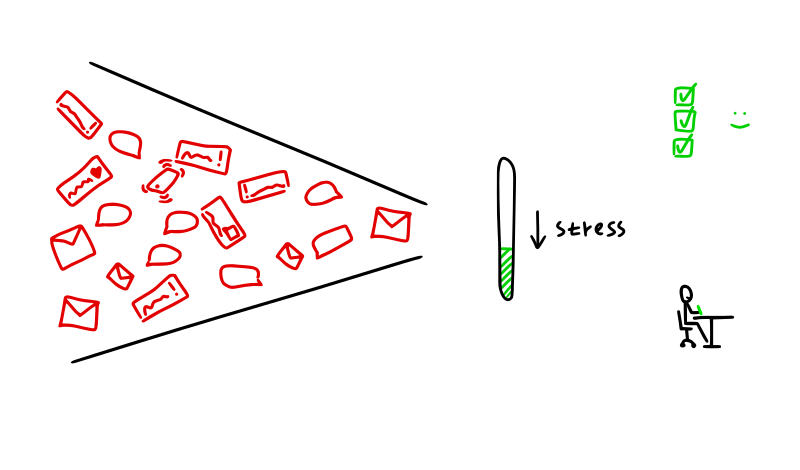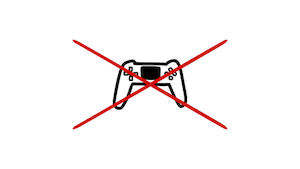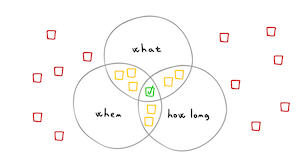How to do what matters to you when it's not urgent
Many of us have this problem:
"I want to start a podcast, but I never get to it."
"I've always wanted to do learn to play the guitar, but I just don't have time."
The thing is, it never seems that now is the right time. There are always other things going on.
In this blog post we'll help you turn a wish like "I want to write more." into a reality in 5 steps.
The right time may never come
Many not urgent but important things will get put off indefinitely by default. That is the unfortunate truth.
But if you want to be the kind of person that does the things they mean to do, you can follow this 5 step framework for turning a non-urgent behavior into a daily occurrence:
- Make it a priority.
- Make it specific.
- Create momentum.
- Create prompts.
- Visualize progress.
Don't worry, going through these 5 steps will take only about 5-10 minutes.
Ready?
Before we get started, think of something important that you've been putting off.
Something that would fall into Q2 on the Eisenhower Matrix:
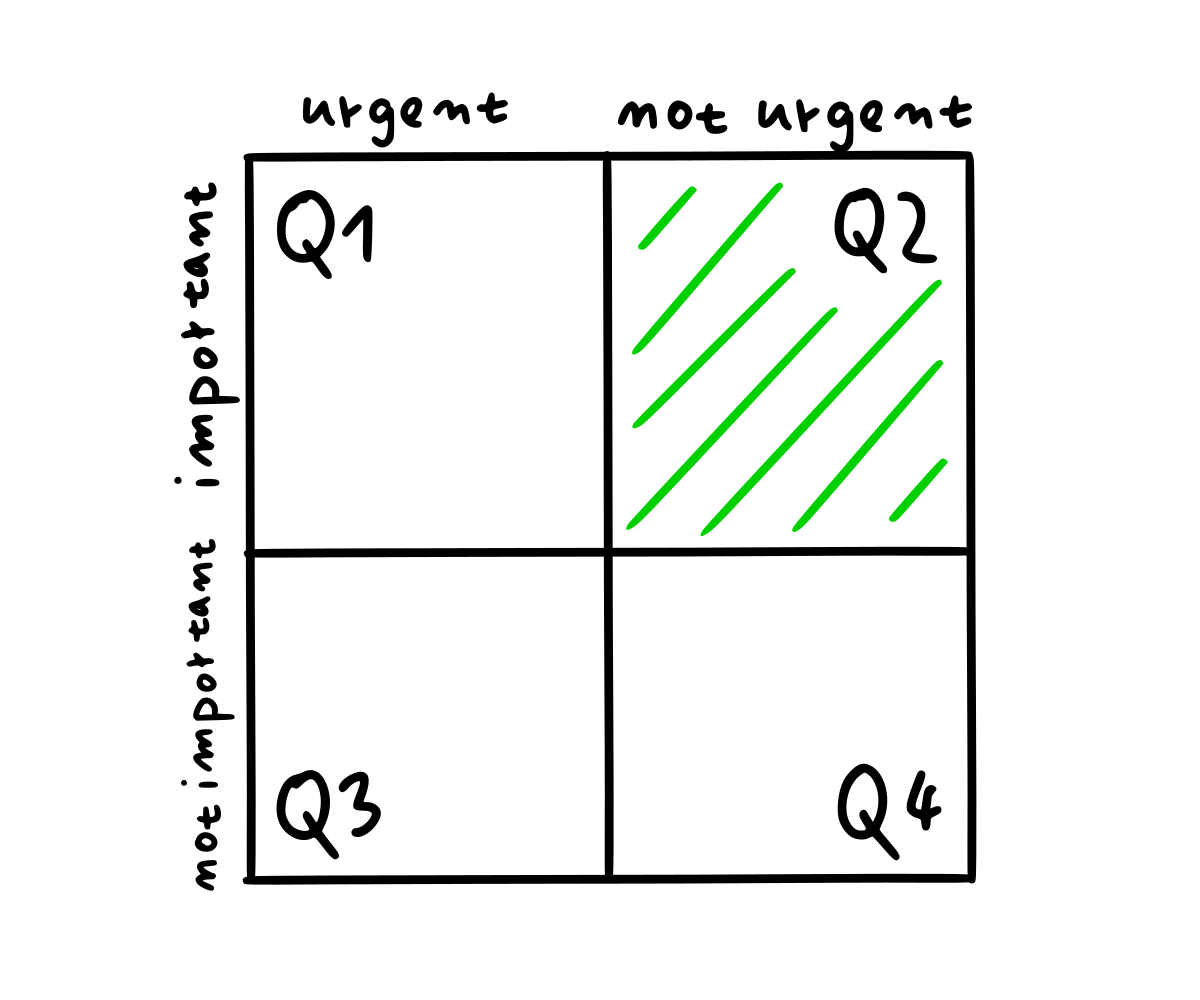
What have you been putting off forever because it's not urgent?
Got an idea?
If you have many, make a list and pick just 1. Many of us want to improve everything at once, but if you try to improve everything, you often fail and improve nothing.
Pick 1 idea for improvement and let's do this!
1. Make it a priority
This may come as a surprise to you, but you don't have to do everything you ever thought of and written down.
So it's up to you to decide whether the activity is a priority or not.
If you've had "Learn Spanish" on your to-do list for years and are as busy as ever, it might not be a good time to take it on. It might not be current anymore. That's perfectly okay.
So how to decide whether an area for improvement is ripe for taking action?
We have 3 simple questions to help you:
- Is it causing you significant psychological pain every time you think about it?
- Is it on your mind all the time?
- Is it truly important?
If you answered yes to any of the above, then it's time to get specific.
2. Make it specific
Wishes are for fairy tales, not real life. Wanting to do something is not enough, we must do.
And to do things, we need to be specific.
"I want to write more" is not actionable. Write about what? Write for how long? When?
If you don't have an existing routine from the past, then you need to create one.
So for the example above, you could instead say: "I'll write 3 pages of free-form thoughts in my notebook every morning."
That's specific. You know when you're done, you know what tools you'll use and when you'll do it.
Try to get as granular as you can. See if you can imagine the individual steps in your mind. If you can't, take a piece of paper and figure out the steps.
What are the concrete actions you'll take? What will you need for them? When will you do them?
Take 2 minutes to make what you want to do specific.
3. Create momentum and keep it going
If you've decided to take action and know what the workflow looks like, you need to solidify that decision by starting.
We've all made plans and did nothing with them.
"I'll start tomorrow" rarely works.
Before the day is over (ideally right now), try to spend at least 5 minutes doing something related to the non-urgent task you want to get done.
5 minutes of effort today can go a long way. It's certainly better than 0 minutes.
Here are some things you could do:
- Create an empty document and write 1 sentence of your essay. Doesn't have to be a good sentence, it just has to exist. It's a start.
- Create a folder for the photos you want to post on Instagram and place it in the middle of your desktop.
- Write the first sentence of an email you meant to answer.
- Make 1 change to the logo design or app file that you wanted to update.
Or you can do the activity (light exercise, tidying, etc) for those 5 minutes.
Even 5 minutes of effort today counts (and don't promise yourself you'll do 4 hours tomorrow).
Start your momentum today, not tomorrow.
Then keep momentum by taking consistent action.
4. Create prompts
Here's the easiest mistake to make:
You take action today and then forget to do it tomorrow.
Once you remember, it's too late and you're tired. And so you lose the motivation to continue.
Don't do this.
You can avoid forgetting to do something by placing a reminder in your surroundings.
Want to stretch? Put a yoga mat on the floor next to the bed.
Want to write? Place a notepad and a pen on the table (analog = no distractions).
Want to answer emails? Put it on the calendar or put a post-it on your monitor.
Create behavioral prompts (or triggers) for yourself - objects or messages that will remind you that you wanted to do something.
Side note: purge old reminders
If you have 5 reminders due on your phone, or 10 post-it notes with old tasks on them on your desk, remove them.
Stale reminders are useless, make space for fresh ones.
5. Visualize progress
Lastly, you want to be motivated by your own progress.
If your selected task is physical like tidying, the progress is self-evident - cleaner surroundings.
However, if your selected task is digital, it's often hard to see visible progress.
You can spend 5 hours editing your essay and it will still look quite the same.
So create a way to make your progress visible.
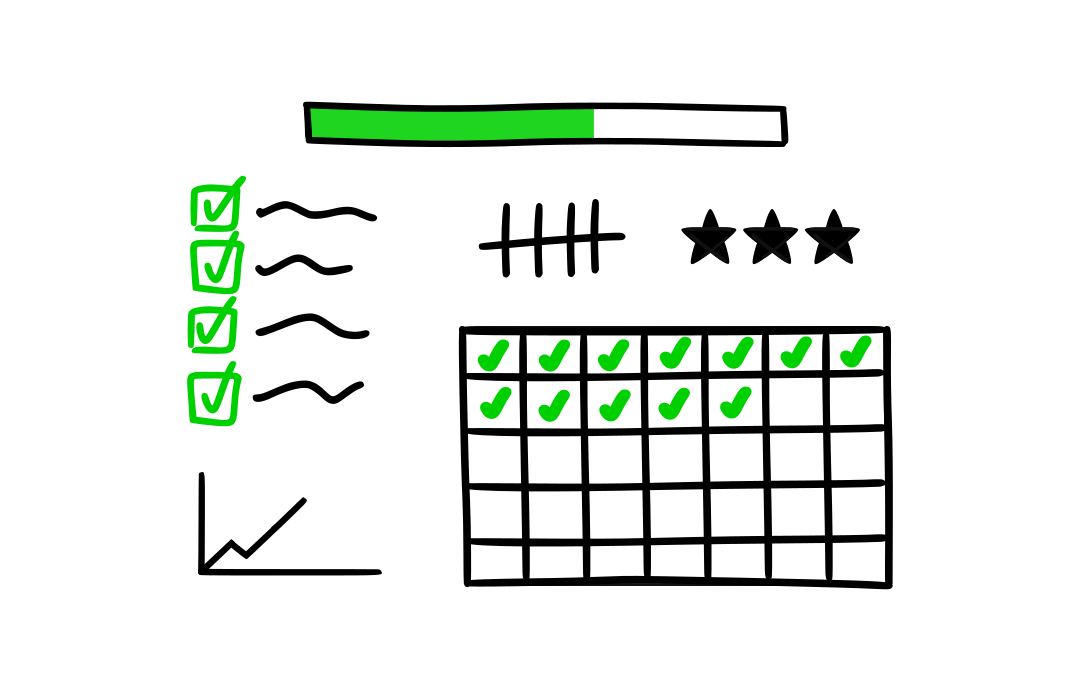
Got a physical calendar? Put a check mark there every day you do the thing.
No calendar? Take a piece of paper, sketch one (takes about 1 minute) and then put a check mark there.
Put that calendar somewhere where you'll see it every day (office door, fridge door,...).
Make your progress visible to make it motivating.
Summary:
- Make it a priority
The right moment may never come, so make now the right moment. - Make it specific
The more specific you are, the easier it is to do the behavior. - Create momentum
Even 5 minutes count. Start today, not tomorrow. - Create prompts
Find ways to remind yourself to do what you already want to do. - Visualize your progress
Find any visual way to track your progress and keep yourself motivated.
All of this doesn't take more than 10 minutes.
Try this and let us know how it went!
